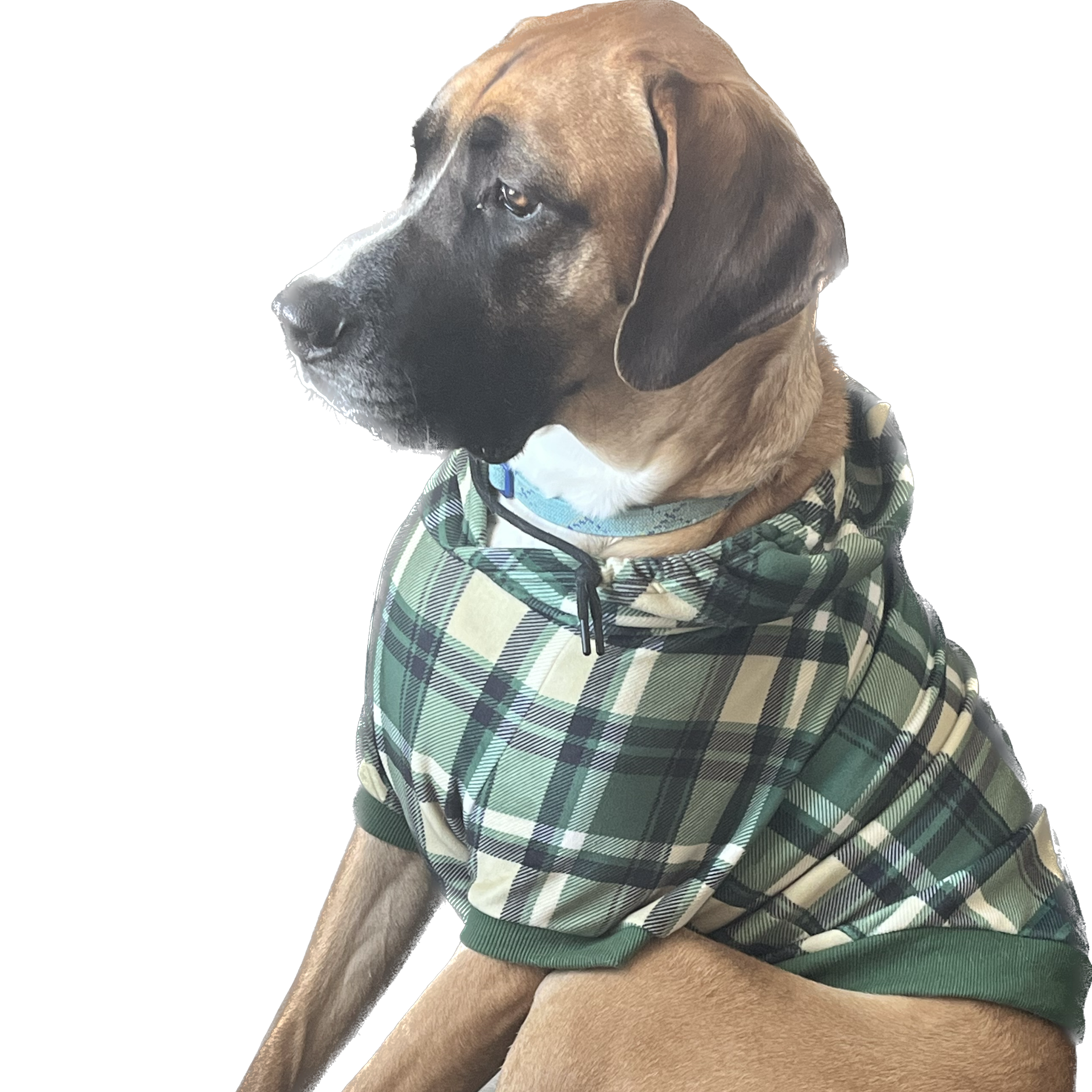Dog grooming
Dog grooming is an essential part of owning a dog. Not only does it help keep your dog looking and feeling their best, but it also helps maintain their overall health and wellbeing. While many dog owners opt to take their pets to a professional groomer, at home dog grooming is also an option for those who want to save money and spend more time with their furry friends. In this blog, we will discuss the basics of at home dog grooming and offer tips and tricks to make the process easier and more enjoyable for both you and your dog.
Basic At Home Dog Grooming Tools
Before you start at home dog grooming, it’s important to have the right tools on hand. Here are some basic tools you will need:
A dog brush or comb: Choose a brush or comb based on your dog’s coat type. Dogs with short hair may only need a slicker brush, while dogs with long hair may require a pin brush and a comb.

Dog shampoo: Select a dog shampoo that is designed for your dog’s coat type and skin condition. Avoid using human shampoo, as it can be too harsh for a dog’s sensitive skin.
Nail clippers: Use nail clippers specifically designed for dogs. Trim your dog’s nails regularly to prevent them from getting too long and causing discomfort.

Ear cleaner: Use an ear cleaner designed for dogs to keep your dog’s ears clean and prevent infections.
Towels: Keep a few towels on hand to dry your dog after bathing or grooming.
At Home Dog Grooming Tips
Once you have the basic tools, it’s time to get started with at home dog grooming. Here are some tips to make the process easier and more enjoyable for both you and your dog:
Start Slowly: If your dog is not used to being groomed at home, start slowly and introduce the grooming tools gradually. This will help your dog get used to the process and feel more comfortable.
Brush Your Dog Regularly: Regular brushing helps prevent matting and tangling of your dog’s hair. It also distributes natural oils throughout the coat, keeping it healthy and shiny.
Bathe Your Dog As Needed: Bathing frequency depends on your dog’s coat type and activity level. Some dogs may need a bath every few weeks, while others may only need a bath once a month. Make sure to use a dog shampoo and rinse thoroughly.
Trim Nails Carefully: Use nail clippers designed for dogs and be careful not to cut the quick, which is the sensitive area inside the nail. If you are not comfortable trimming your dog’s nails, ask your veterinarian or a professional groomer for help.
Clean Ears Regularly: Use a dog ear cleaner and a cotton ball to clean your dog’s ears regularly. This helps prevent infections and keeps your dog’s ears healthy.
Reward Your Dog: Make at home dog grooming a positive experience for your dog by offering treats and praise. This helps your dog associate grooming with a positive experience and reduces anxiety and stress.
Dog Grooming for Different Coat Types
Different dog breeds have different coat types, which require different grooming techniques. Here are some tips for at home dog grooming for different coat types:
Short Hair: Dogs with short hair, such as Beagles or Boxers, only need occasional brushing with a slicker brush to remove loose hair.
Long Hair: Dogs with long hair, such as Shih Tzus or Lhasa Apsos, require daily brushing with a pin brush and comb to prevent matting and tangling.

Curly Hair: Dogs with curly hair, such as Poodles or Bichon Frises, require regular brushing with a slicker brush and comb to prevent matting. They also need regular haircuts to maintain their curly coat.
Double Coated Hair: Dogs with double coats, such as German Shepherds or Huskies, have a soft undercoat and a coarser topcoat. They require regular brushing with an undercoat rake to remove loose hair and prevent matting.

When to Seek Professional Help
At home dog grooming is a great way to save money and spend quality time with your furry friend. However there are times when professional help may be a better route. Here are some situations where you may want to seek professional grooming:
Severe Matting: If your dog’s hair is severely matted or tangled, it may be too difficult to remove at home. A professional groomer can safely and effectively remove mats without causing discomfort or injury to your dog.
Skin Issues: If your dog has a skin condition, such as allergies or hot spots, a professional groomer can provide specialized treatments to help alleviate symptoms and promote healing.
Difficult to Handle Dogs: If your dog is aggressive or difficult to handle during grooming, it may be safer and more effective to seek professional help.
Summary
At home dog grooming can be a fun and rewarding experience for both you and your furry friend. By having the right tools, taking it slow, and following basic grooming tips, you can help keep your dog looking and feeling their best. Remember to always make it a positive experience for your dog and reward them for their good behavior. However, if you encounter any difficulties or have any concerns, it’s always best to seek professional help. With a little patience and practice, dog grooming can become a regular part of your dog’s health and wellness routine.
